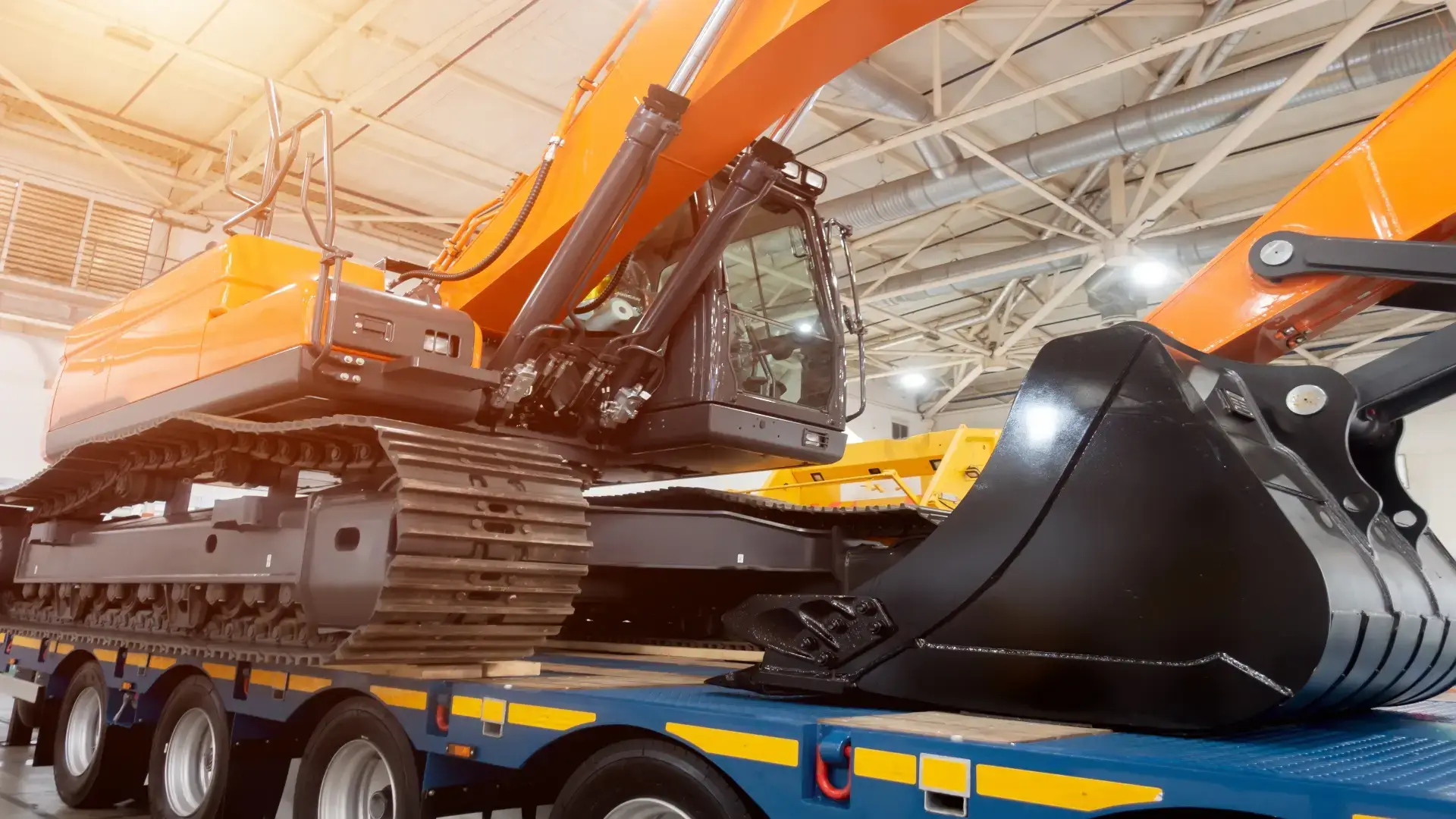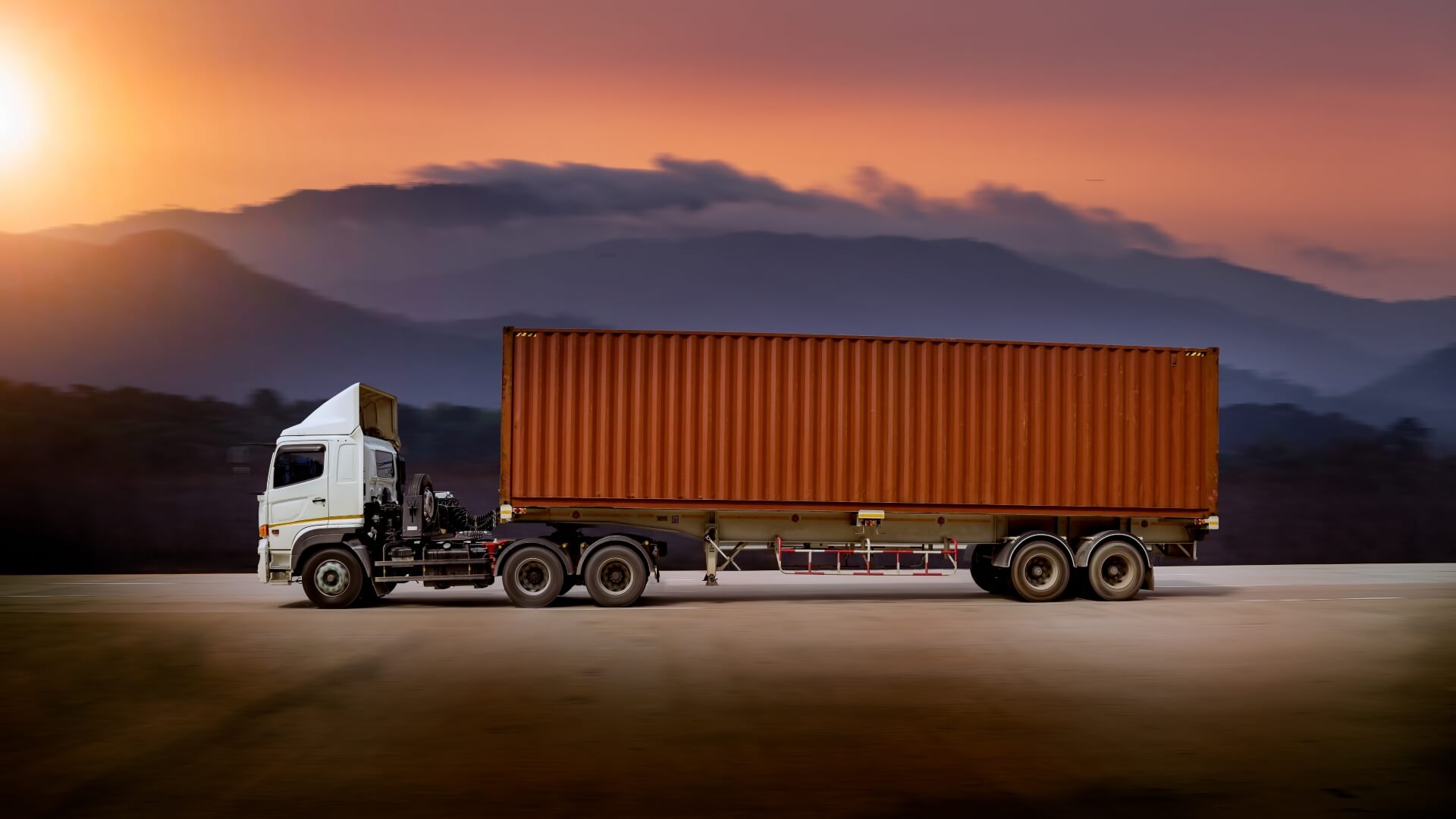The transport industry is probably one of the most flexible sectors. With a packing and shipping option available for almost anything, hauling goods isn’t a problem for manufacturers or suppliers to ponder. There may be one exception to this: transporting heavy equipment.
Heavy loads are some trucking companies’ worst nightmare unless they specialise in this type of cargo. Foremost, a lot of planning has to go into these hauls, and the process could be stressful for everyone involved. Subsequently, construction contractors should understand how to transport heavy equipment for their next project, so continue reading below for more information.
Another important factor is choosing a reliable shipping company for your project, especially if cross-border considerations with our northern neighbour arise. For instance, using a service specialising in heavy equipment shipping Canada can ensure all regulations are met efficiently.
1.Consider The Transport Method
One of the first aspects of heavy equipment transport is finding an appropriately sized vehicle to get it from one location to another. It largely depends on the type and size of the equipment needed to move. As a result, contractors have to choose the shipping method carefully to ensure that their equipment and the public remain safe from harm during the process.
A method that seems to work very well for smaller items with heavy weight is packing them and securing them inside a shipping container. Then, the transport company will load the container onto a flatbed truck. More oversized items will have to forego the container, and contractors can arrange to pack them directly onto the correct transport vehicle.
2.Contemplate Shipping It In Parts
Although most construction sites use equipment that should fit onto the appropriately sized truck with ease, there may be some items that will transport more efficiently when they are in smaller pieces. For this reason, construction contractors should contemplate taking some of their equipment apart before transport.
When the machinery is of a more manageable size, a whole new array of transport options can become available for a heavy equipment company to quote for their clients. Moreover, construction companies may save time and money on the haul when they break down their equipment before sending it.
3.Find Out More About Regulations
Depending on the region or state, specific laws could be in place for heavy-haul transportation. With this in mind, construction companies should ensure that they find out more about the. regulations and rules for their specific shipment.
Failing to adhere to the stipulations may result in a heavy fine instead of the heavy load reaching its destination. Under those circumstances, it will delay the construction project significantly. Above all, they will have to start the planning process again, leading to more delays and adding to invisible costs in a construction project.
4.Thoroughly Plan The Route
Regular commuters don’t give their route a lot of thought when getting into their vehicles. But for a heavy-load transporter, there could be many bumps in the road that they need to prepare for before starting the trip.
They need to think of the time spent on the road, the traffic conditions they will face, and restrictions for height and weight, among other things. Furthermore, obstacles like bridges, low-hanging powerlines, and narrow road surfaces could impact the transport route. So before setting out, it’s better, and perhaps necessary, if a health and safety officer is available in order to plan how to move around these obstacles.
5.Brief The Necessary Staff
On the day of the move, both the starting and arrival points should have the workforce at the ready to send off and receive the equipment. Additionally, teams on both ends should remain on standby to assist should anything happen on the road that requires their expertise.
A transport company will also require someone to sign their paperwork showing that everything is in order when the haul is complete. On-site staff should thoroughly check the parts or equipment to ensure that they received it in good condition. And for this, the construction company should have a knowledgeable team present.
6.Secure It Safely For The Haul
During transportation, many things could complicate the move. Equipment that isn’t secure on the transporting vehicle may cause rather large dilemmas for the transporter and the construction company, of which injury could be a possibility.
Not only could there be safety risks for everyone else on the road, but transport and construction staff could also get hurt when parts or equipment fall on them during loading or unloading. Safety should thus be a top priority for a heavy load, and staff should do the necessary vehicle and equipment checks before, during, and after transport.
To Conclude
Observing these giants on the road could seem as if they are calm and calculated in their operator’s driving skills. But it can be because they are concentrating very hard to get their cargo safely to its destination. It would also be correct to assume that many calculations and steps went into planning the haul.
Adhering to the road rules, vehicle specifications, thorough planning, equipment checks, and other safety measures is a suitable way for a construction company to move their heavy equipment in time to start their next project.


































